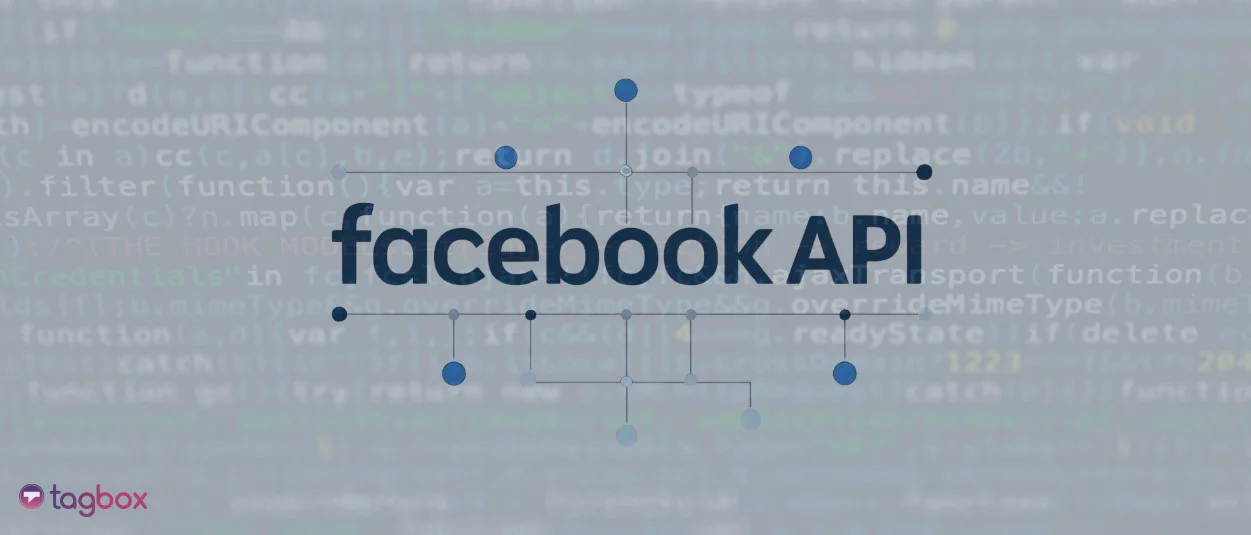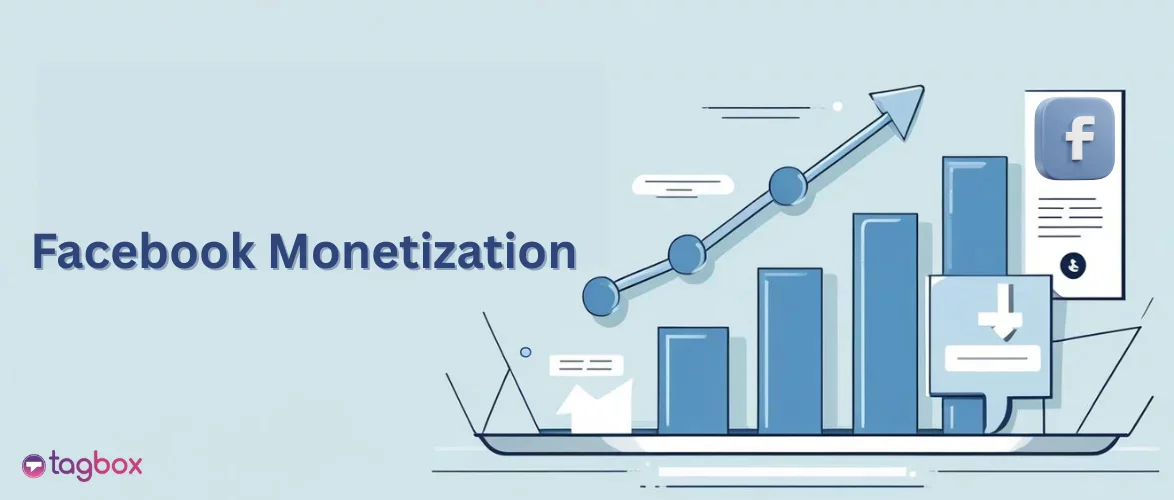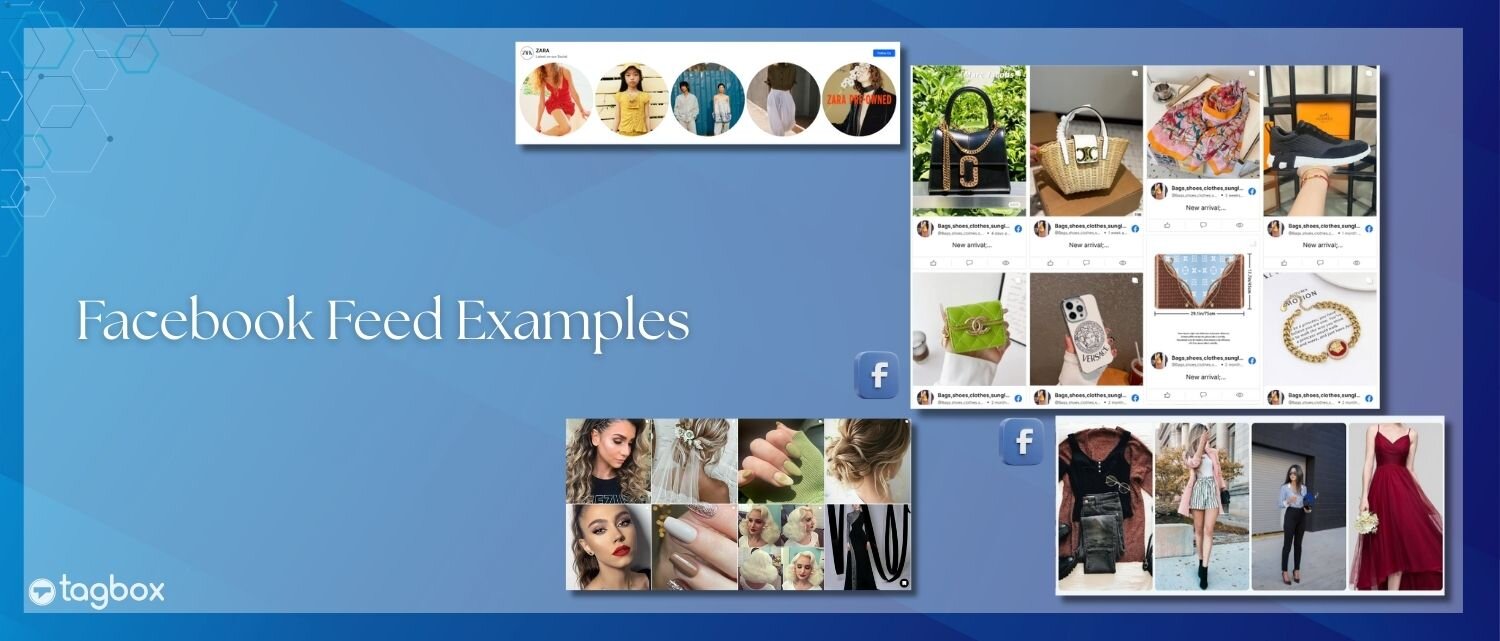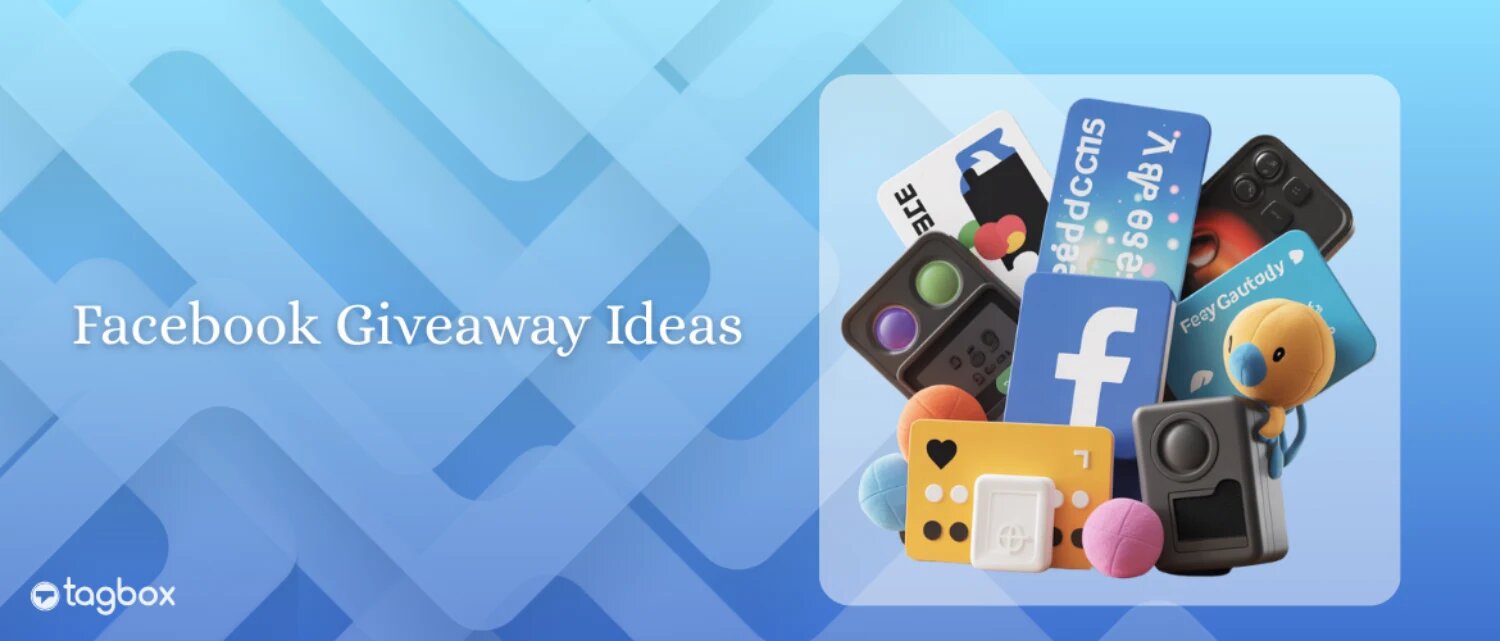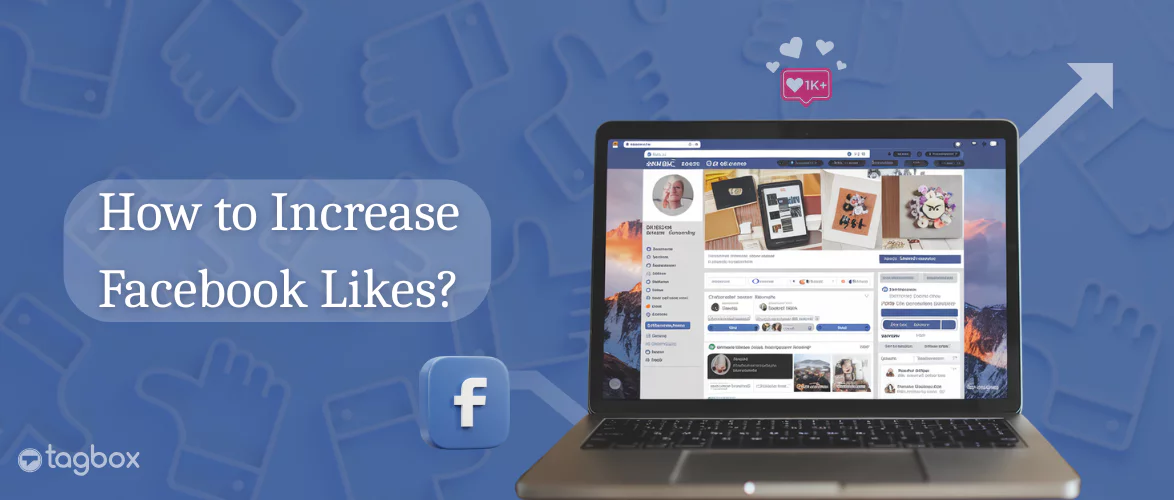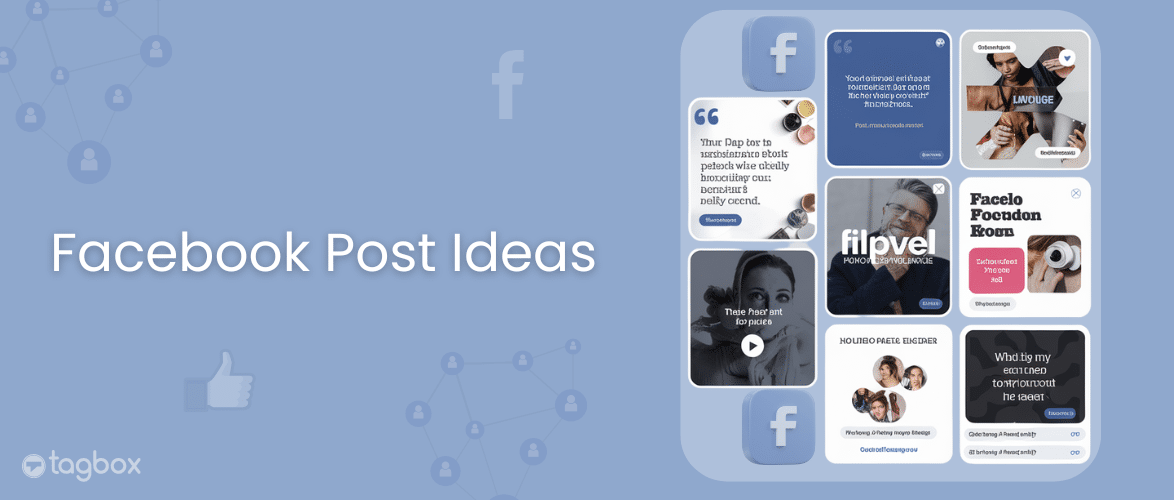Read summarized version with
Every time you see a brand reply instantly on Messenger or run excellently targeted ads, there’s an API making it happen. Introducing the Facebook API.
Suppose you’ve got a product, an app, or even just a marketing strategy that needs automation or insight. In that case, the Facebook API is built to give developers access to the core features of Facebook.
In this blog, we’ll be understanding everything you need to know about the Facebook API – what it is, how it works, and how to use it for your benefit!
What is the Facebook API?
Facebook API, officially known as the Meta Graph API, is a set of tools and protocols that allow developers to pull in content, connect apps, and interact efficiently with Facebook features. Notably, developers don’t need to log in manually to do so.
Facebook API helps brands create attractive features, such as creating WhatsApp chatbots for customer service or embedding a Facebook feed on a website using tools like Taggbox. Designed for marketers and developers, every API serves a different purpose, helping them to personalize, automate, and scale with Facebook functionalities.
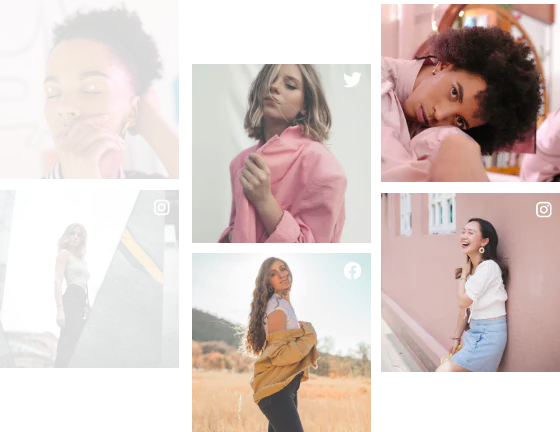
Access Real-Time Facebook Feed Data with Our API
Access posts, hashtags, profiles, and more — designed for developers, marketers, and brands alike.
Get API Access NowHow to Access the Facebook API Key?
Yes, it may sound quite technical to get started with the Facebook API. However, it’s a simple, straightforward process:
Step 1: Head over to “Facebook for Developers” and log in. In case you don’t have an account, simply create one.
Step 2: Once you are on the homepage, click on the “Get Started” button on the top right and follow the setup process.
Step 3: Make sure that your Facebook account is verified and approved, as it is required.
Step 4: Once the verification is done, make sure you properly go through the documentation and understand the terms and API guidelines.
Step 5: Now, it’s time to create your app. This app will perform as a container for the APIs you’ll use.
Step 6: Go to the developer dashboard and select the APIs you’ll need from the list.
Step 7: Go to “Tools” and then click on the “Graph API Explorer”. Here, you’ll be generating access tokens.
Step 8: Select your app and choose the token type from the dropdown. Click ‘Generate Access Token’. Facebook will authorize the access.
That’s it. You now have your API key and can start building with Facebook’s features.
Facebook API Types
Facebook (or Meta) offers different APIs that help brands do more with less effort—whether it’s running better ads, connecting with customers, or posting content at scale. Here are the ones worth knowing:
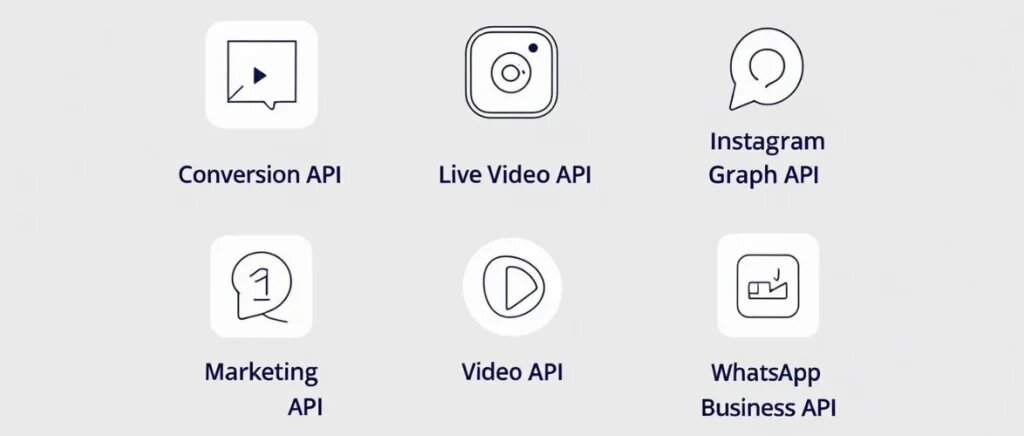
1. Conversion API
This one helps track what people do on your website, like visiting pages or making purchases. It sends that data straight to Facebook so your ads can be more innovative and more accurate.
2. Live Video API
Planning a live stream? This API lets you go live directly on Facebook from your app or platform. You can schedule it, stream it, and chat with your audience in real time.
3. Instagram Graph API
Easily post to Instagram, reply to comments, track mentions, and manage your content from one place. It’s a must for brands running an active IG page.
4. Marketing API
Facebook marketing API is your automation buddy. It helps you create, run, and manage ads at scale, while pulling insights to see what’s working and what’s not.
5. Video API
Upload and manage your Facebook videos with ease, and get real performance stats in return.
6. WhatsApp Business API
Want to talk to customers directly on WhatsApp? This API makes that happen, great for support, updates, or sending quick replies.
Different Ways You Can Use Facebook API’s
Alright, you got your Facebook API key. But what now? Here’s how you can put it to use, like a normal person, not a developer in a hoodie.
1. See What’s Working on Your Page
Pull page insights and figure out what posts are getting love. You can even build your dashboard to understand your audience better.
2. Get Audience Insights
The API lets you grab data like who’s visiting your page, where they’re from, and how old they are. This data is quite helpful to refine your marketing strategies.
3. Run Ads Without Losing Your Mind
Ad management is a pain. With the API, you can automate some of it, track performance, tweak budgets, and stop relying on gut feelings.
4. Go Live Straight From the API
You can schedule or go live straight from the API. Easy. No need to fumble with 10 tabs open during a product launch.
5. Show Your Feeds on Your Site
Want your Insta or FB posts to show up on your website? Yup, you can do that too. Make your brand feel more alive by showcasing your social UGC feed on your website with social aggregators such as Taggbox.
6. Keep an Eye on Competitors
You can even read public data from other pages (legally). Good for ideas and analysing the competition.
Facebook API: History, Facts, and Limitations
The Facebook API was launched back in 2006. It aimed at giving developers and marketers Facebook marketing tools to build apps that can connect directly with the Facebook platform. It was a great asset for brands as apps could pull user data, post on timelines, and create a rich social experience. However, after the whole Cambridge Analytica thing, there was a lot of chatter about privacy concerns in Facebook API. Hence, From Graph API v3.0 onward, Facebook tightened its policies and made user permissions stricter, limiting what devs could access and how.
Facebook API Key Functions:
- User login & authentication
- Campaign & ad management
- Automated content posting
- Analytics & insights integration
- UGC-based marketing features
Limitations (yes, a few exist):
- You can’t just access any data; user consent is needed.
- Rate limiting kicks in if you make too many calls.
- Some old APIs are deprecated
- No more full access to users’ friends’ data
- Facebook updates break existing integrations sometimes
- Compliance with Meta’s policies is non-negotiable
Final Words
Be it marketers, brands, and creators who want more control, more automation, and more results, the Facebook API is for all.
But if you’re specifically looking to embed your Facebook feed on your website, skip the complex setup. Use Taggbox. From plug-and-play API integration to real-time content aggregation, Taggbox makes your social content shine on your site without much complexity.
Frequently Asked Questions
Yes, Meta offers Facebook APIs completely free of charge. However, users may have to go through an approval or verification process to use some features.
- Create a developer account on “Facebook for Developers”
- Set up your first app
- Generate an access token via the Graph API explorer
- Verify your identity and accept the terms
- Select your app and choose the token type from the dropdown
- Click ‘Generate Access Token
As these HTTP-based APIs are built for developers, a basic understanding of coding can help you a lot with Facebook APIs.

